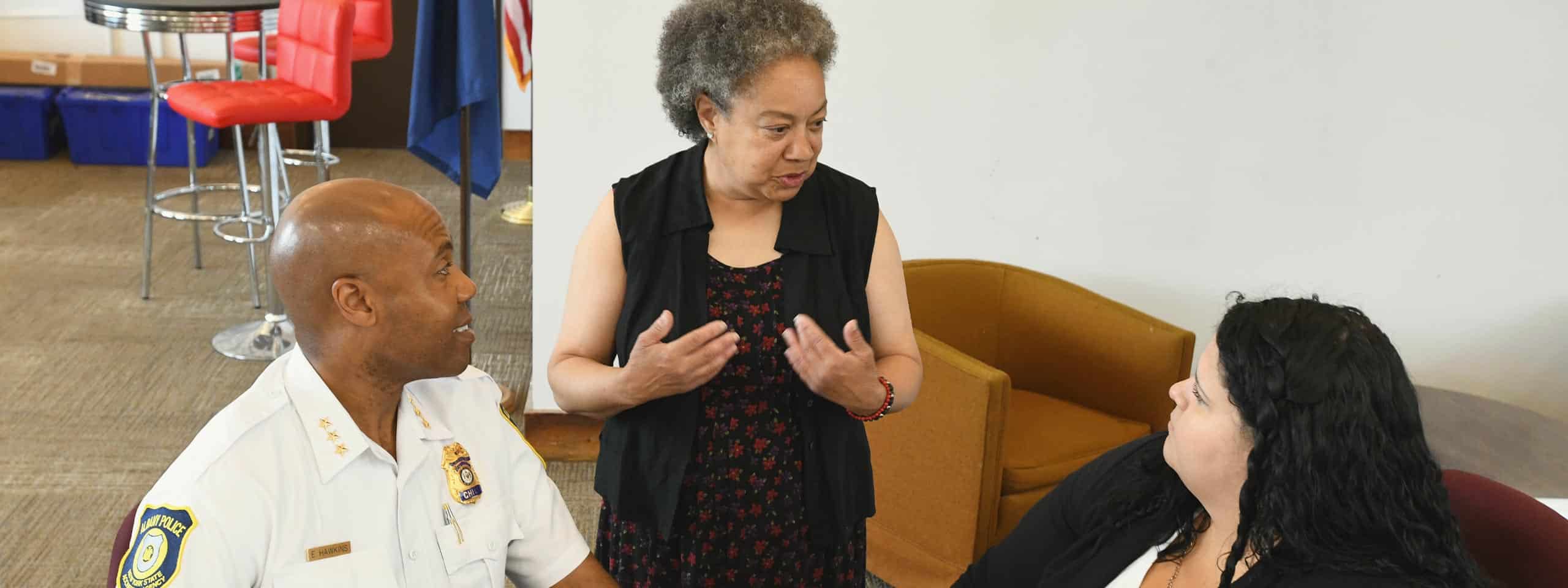In any jurisdiction, LEAD begins when even just one person says, “This isn’t working, and I’m committing to finding a better way.” This is the moment when somebody – or some group of people – decides that it must be possible to build a better approach to addressing the crime, public disorder, and human suffering that can stem from unmet behavioral health needs.
Sometimes, the conversation starts when a prosecutor realizes the futility of repeatedly filing charges against people whose unlawful conduct comes from unmet mental health needs or unmanaged substance use. Sometimes, it comes from police officers, who have first-hand experience of the suffering and disorder they see on the streets, and know that most people come out of jail no better off than they went in. Sometimes, officers are almost the only system representatives to have talked to a person cut off from all systems of support, and they can clearly see that other systems have failed to respond to this individual. Sometimes it’s a health department that realizes people are cycling through emergency rooms, psych wards, and jails without ever getting the help they need. Perhaps it comes from racial justice advocates, who recognize that criminalizing poor people with unmet behavioral health needs continues a legacy of racial discrimination and unequal access to resources across the board. Or it may emerge from an existing committee or governing body – a mental health task force, court commission, or a criminal justice coordinating council – whose members have assigned themselves to tackle problems that LEAD is designed to address.
